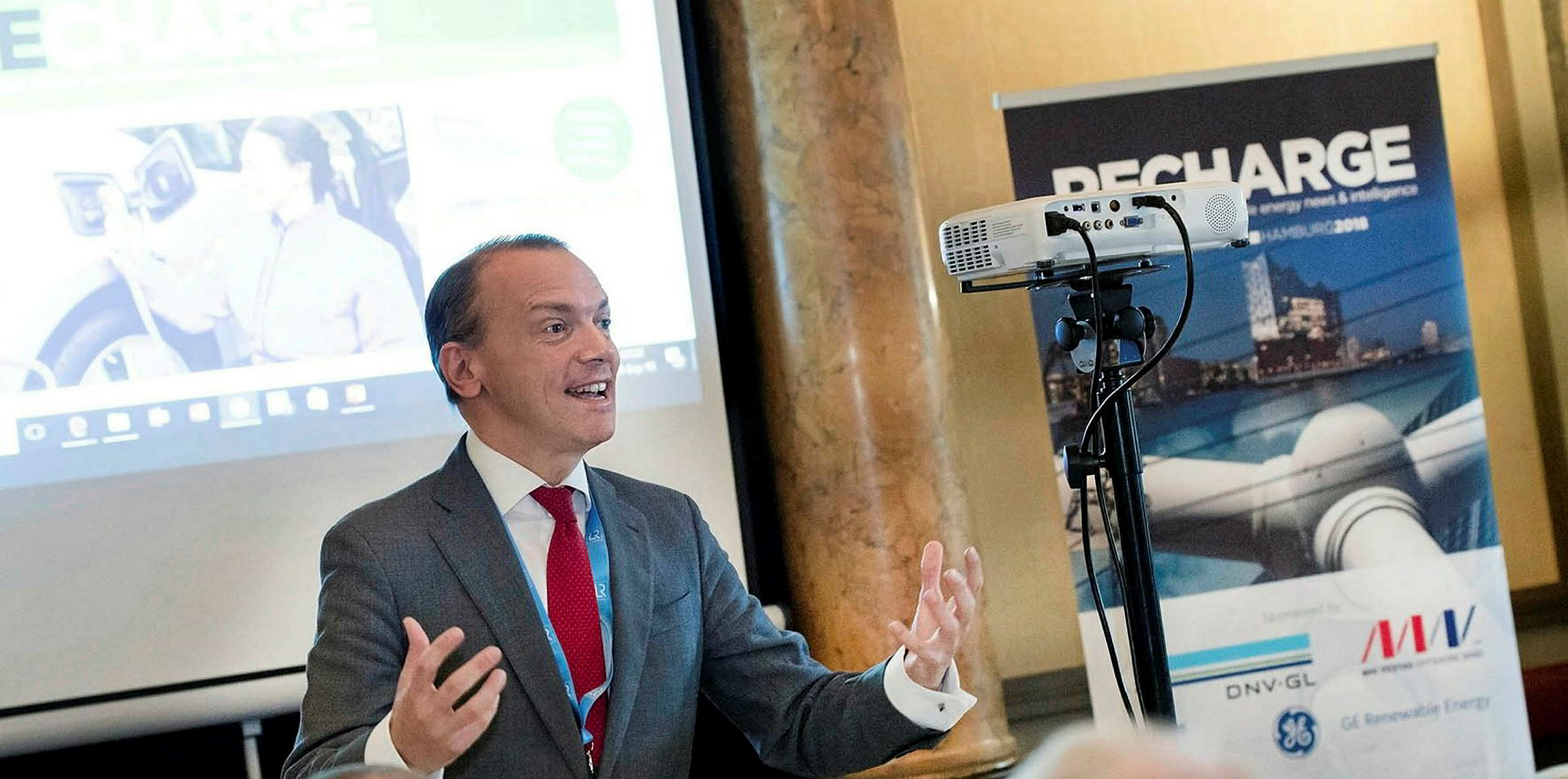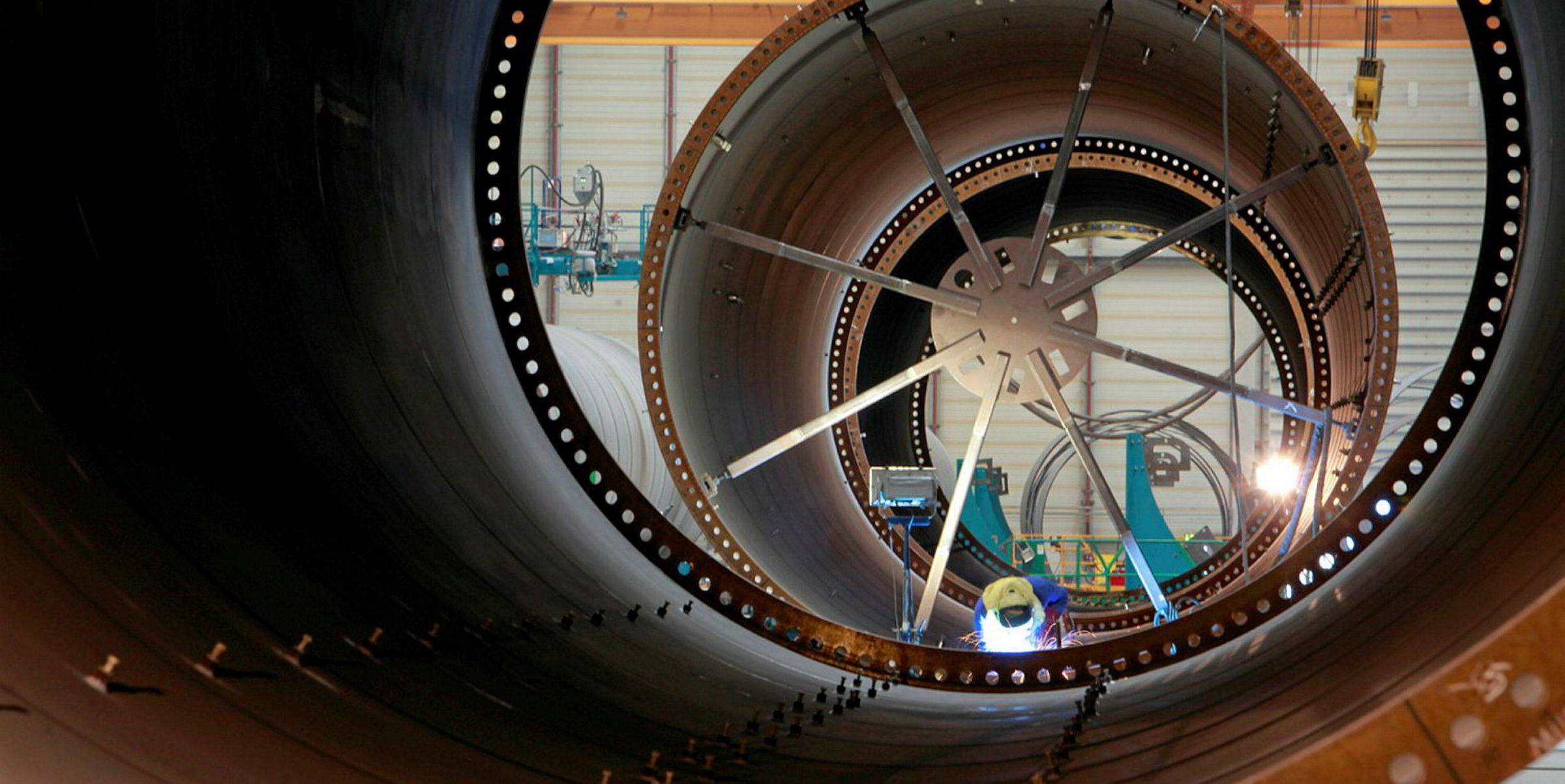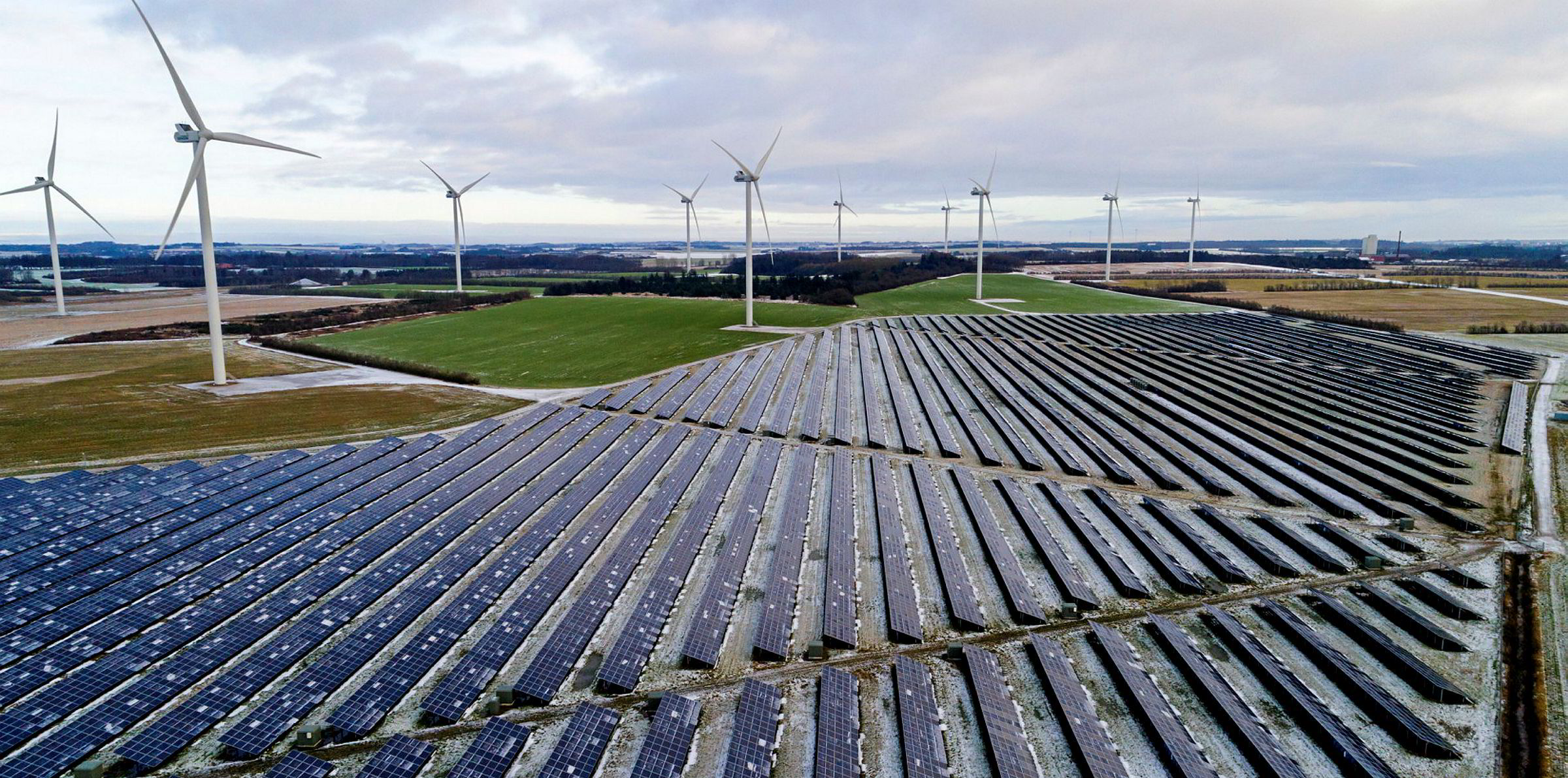Europe-wide wind installations collapsed by a third in 2018 and the EU suffered its worst year since 2011, as the head of the continent’s industry body declared “many things are wrong” with the sector's policy landscape.
Europe added 11.7GW of gross capacity in 2018, a fall of 32% compared to the record level seen in 2017, with a net figure of 11.3GW once decommissioned capacity is removed, said WindEurope in its annual state of the market report. Onshore wind accounted for 8.6GW, with 2.65GW coming offshore.
Big falls in onshore wind additions in Germany and the UK – caused by bungled auctions and a support lock-out respectively – were a particular headache in 2018, contributing to the worst year for land-based wind since 2008.
German onshore installations more than halved to 2.4GW last year as the “poorly designed” auctions, which WindEurope said have now been sorted out, and permitting problems – which haven’t – wrought havoc in Europe’s largest wind market.
The 28 – soon to be 27 – members of the EU had their worst year for new wind since 2011, as a Brussels-mandated shift to auctions and away from subsidies slowed many markets. Wind did worse in auctions in 2018 than the year before, securing 9GW compared to 13GW in 2017.
Wind at least managed to increase its share of EU electricity supply, providing 14% up from 12% in 2017.
But WindEuropeCEO Giles Dickson said: “Beneath the surface many things are not right.”
Dickson said while the level of investment in new capacity last year was “quite good”, aided by the ongoing expansion of offshore wind, the outlook for future investments is uncertain.
Ongoing permitting issues in Germany and France, and a “lack of ambition in Central and Eastern Europe” are among the industry’s clouds.
WindEurope is stressing the importance of the EU states’ National Energy & Climate Plans as a way to get the show back on the road.
The plans – where member states have to show how they propose to help meet the bloc’s 32% 2030 renewable energy target – are due to be finalised this year.
But Dickson said “the draft plans are badly lacking in detail: on policy measures, auction volumes, how to ease permitting and remove other barriers to wind investments, and how to expand the grid. Governments need to sort this out.”
European wind’s 2018 reversal was in sharp contrast to its solar sector, which yesterday hailed a 20% rise in continent-wide installations to 11GW, with a 36% rise in the EU, helped by favourable policy winds and auction successes in key markets such as Germany.



